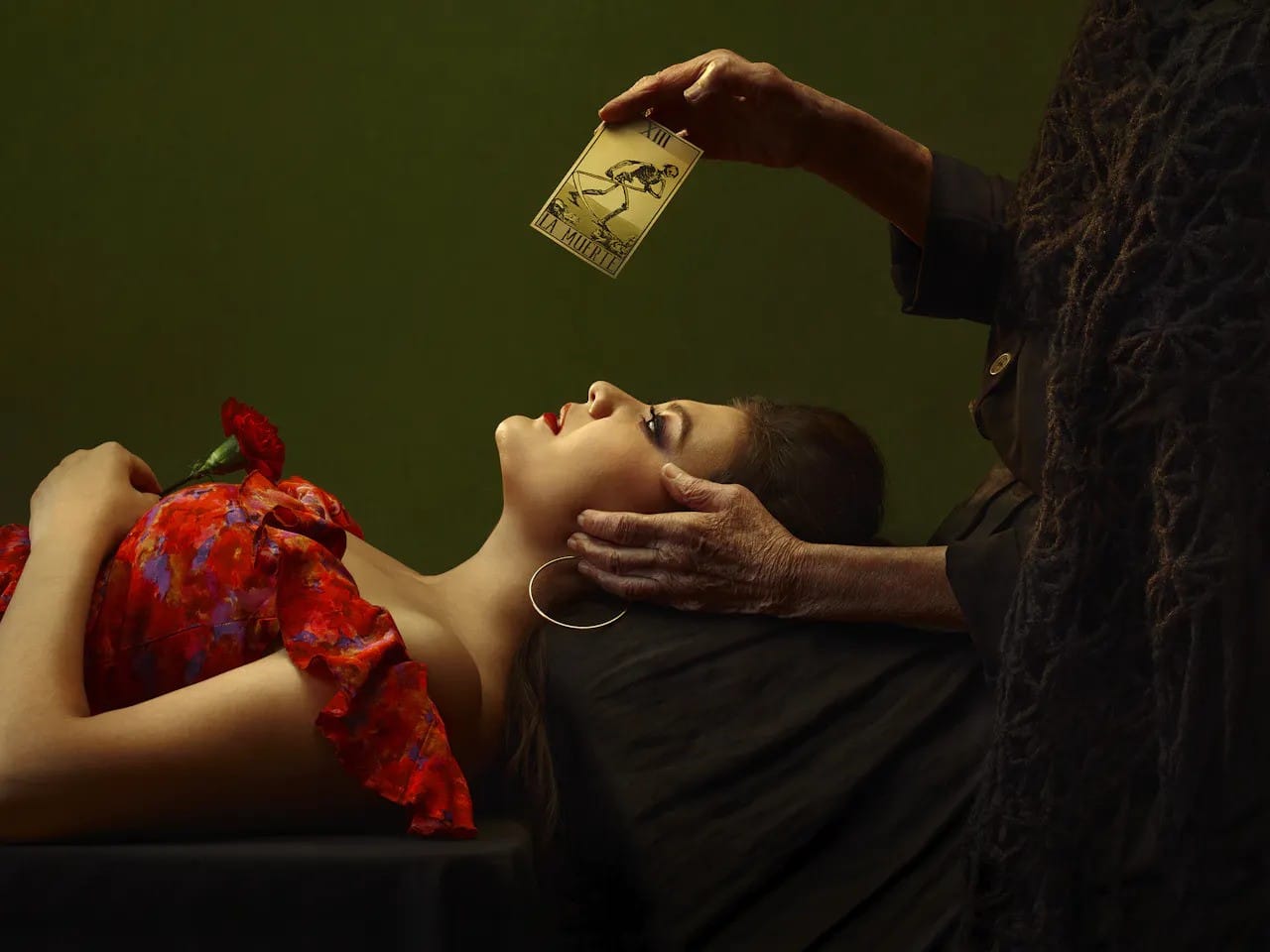<em>Michael White enjoys the delight of the Vespers and a radical reimagining of Carmen.</em>
To hear Monteverdi’s Vespers of the Blessed Virgin is to see, in your mind’s eye, the brazen splendour of St Mark’s Basilica in Venice where the early 17th-century composer ran the music and where his Vespers probably had their first public performance. But “probably” is the word. Because we’re talking here about one of music history’s unknowns: a score whose origins and purpose remain clouded.
Monteverdi started work at St Mark’s in 1613. The Vespers were written in 1610, when he was still employed by the Gonzaga court in Mantua. But there’s no record of them ever being done in Mantua: the ducal chapel there would probably have found them too challenging. And it isn’t clear whether Monteverdi actually conceived them as a single entity. They might have been intended as a pick-and-mix compendium, advertising the composer’s talents to prospective clients.
Either way, their collected content of psalms, antiphons, motets and two settings of the Magnificat appropriate to a Marian feast day amount to two hours of alternating magnificence, intimacy, jubilation and devotion. They dazzle, they delight. And the performance I went to at St John’s, Smith Square – given by the choir of Clare College, Cambridge, under its director Graham Ross, and partnered with some of the leading baroque musicians in Britain – was very much geared toward delight.
In truth, some of the young soloists (and there are endless solos in the Vespers), looked too nervous to be revelling in the experience. But it can only have been good experience, to share the stage with these star performers. And collectively they did well. It was serious, but also fun – which is perhaps how the Vespers ought to be, informed as they are by their author’s life experience in entertainment music. Though I wouldn’t want to second-guess Our Lady’s views on such things, I suspect she gets enough solemnity in other repertoire. A smile from Monteverdi might be very welcome.
Carmen is an opera done too often, with too many clichés; one of them is that the central character is a darkly dangerous seductress from the backstreets of a picture-book Seville, while her opposite-number Micaëla is a selflessly beautiful soul in training for sainthood. But the new production at Covent Garden, staged by one of the emerging operatic super-talents, Damiano Michieletto, stands that on its head.
For a start, there’s no picture-book Seville: just a hyper-ordinary small town, scorched and scrubby, where the briefest stay would leave you scream-ing for the next bus out. Its Carmen is the feisty small-town girl who, in a larger world, is lost and vulnerable; Micaëla is an unattractively annoying frump, subjecting Don José to moral blackmail.
It’s an interesting rethink: not so powerfully compelling as the rethink of Cavalleria Rusticana and Pagliacci that Damiano brought previously to Covent Garden, and looking at times as though it had run out of budget, but not without merit. And the singing was distinguished, with a high-definition performance from Aigul Akhmetshina, the Russian mezzo who seems to be the world’s Carmen of choice right now, and real vocal finesse from the Micaëla of Ukranian soprano Olga Kulchynska. How these two got on backstage I’ve no idea, and wonder if it proved the power of music to transcend political and social conflict.
If there’s a parish church in Britain that can fairly lay claim to worldwide recognition, it’s St Martin-in-the-Fields; not because of its architecture, location on Trafalgar Square or social work, but on account of something relatively tenuous: a connection with an orchestra, the Academy of St Martin-in-the-Fields, which gave its first concert there in the 1950s and then borrowed the church’s name.
It was something that often confused visitors, who would turn up at St Martin’s expecting to find the band in residence – when in truth, it was constantly on tour and rarely surfaced in the building. But, that said, the relationship has grown closer of late. In April, St Martin’s was the inevitable location for a gala concert that took place on what would have been the 100th birthday of the Academy’s legendary founder, Sir Neville Marriner.
For half a century, Marriner’s name and reputation were umbilically attached to the Academy brand – not least through a vast output of 600 or more recordings, many of them classics that created benchmarks for performing standards of their time. And the closeness of the bond meant that Marriner hadn’t quite the glitzy jet-setting career you might associate with conductors who spread themselves around. But that made him more grounded, human, and approachable.
Marriner could be sharp, but had beguiling charm – as I recall from breakfasts spent with him at the Dartington Summer School, where he’d go to direct scratch orchestras. And as his widow Molly reminded me recently, apart from charm his great gift was the ability to “recognise a good thing when he saw it”. He seized opportunities; he made things happen. And his legacy remains untarnished: an achievement worthy of acknowledgement these days.
<strong><strong>This article appears in the June issue of the <em>Catholic Herald</em>. To subscribe to our award-winning, thought-provoking magazine and have independent and high-calibre counter-cultural Catholic journalism delivered to your door anywhere in the world click <a href="https://catholicherald.co.uk/subscribe/?swcfpc=1"><mark style="background-color:rgba(0, 0, 0, 0)" class="has-inline-color has-vivid-cyan-blue-color">HERE</mark></a></strong></strong>.



